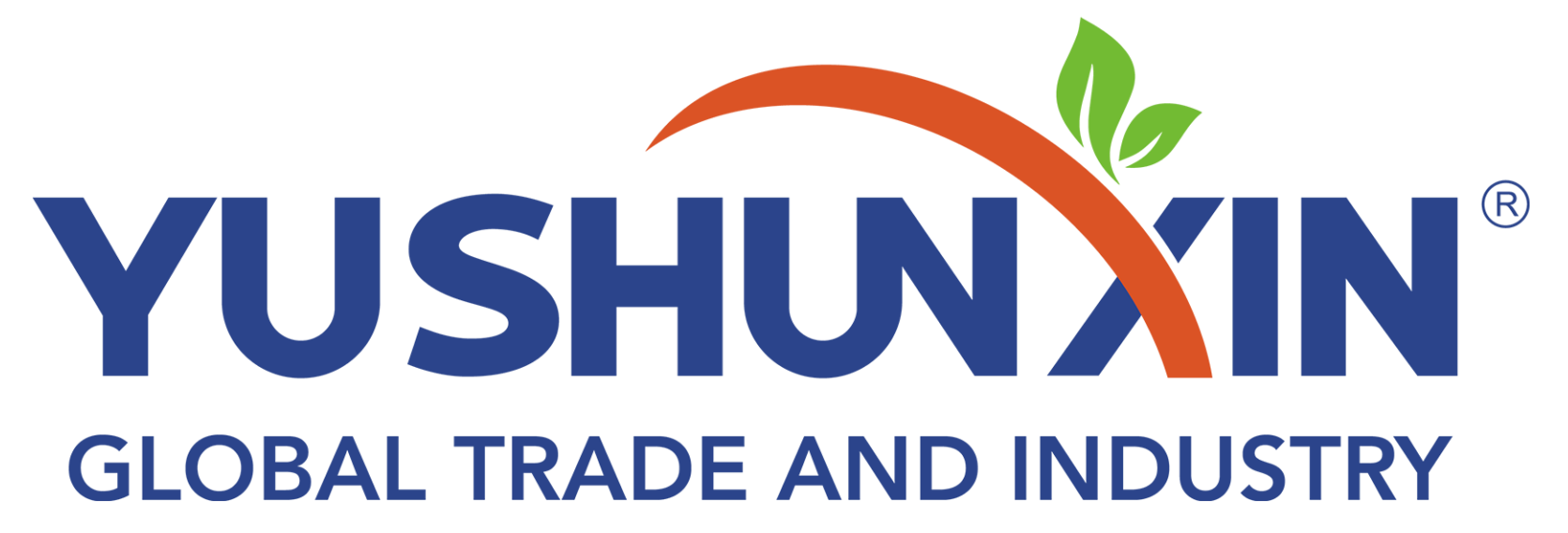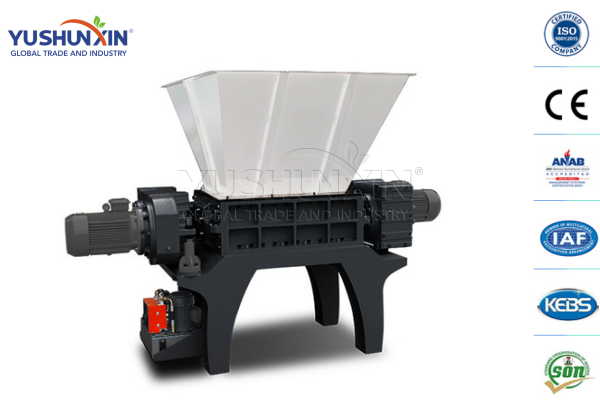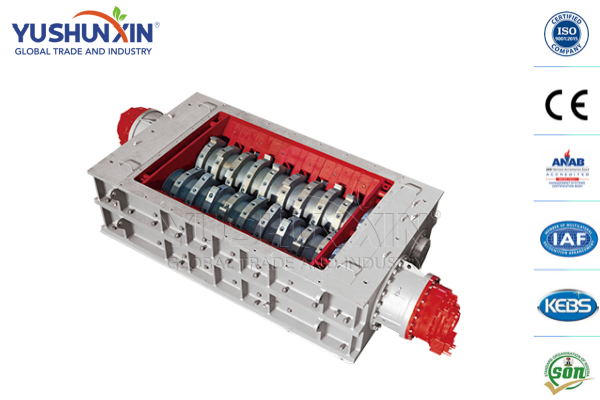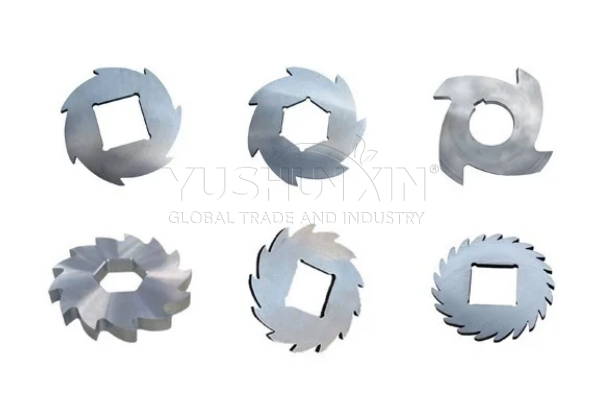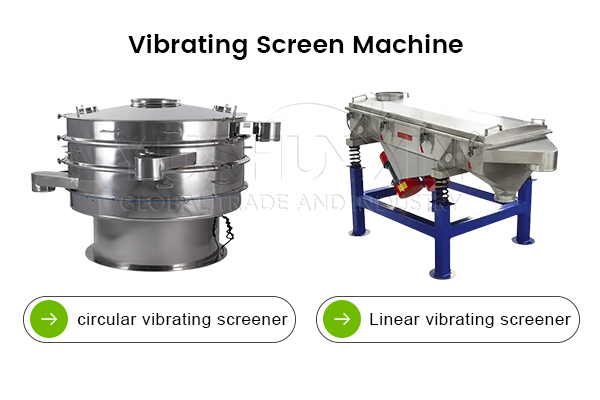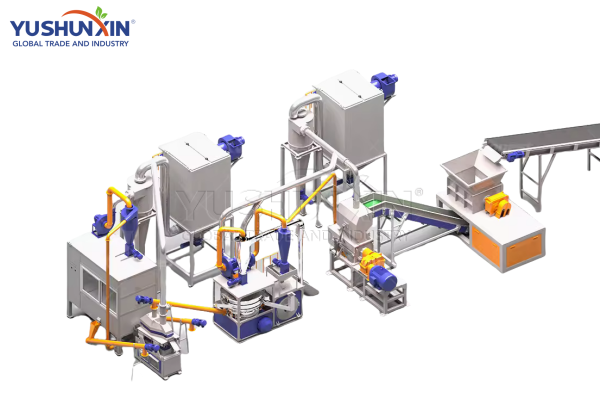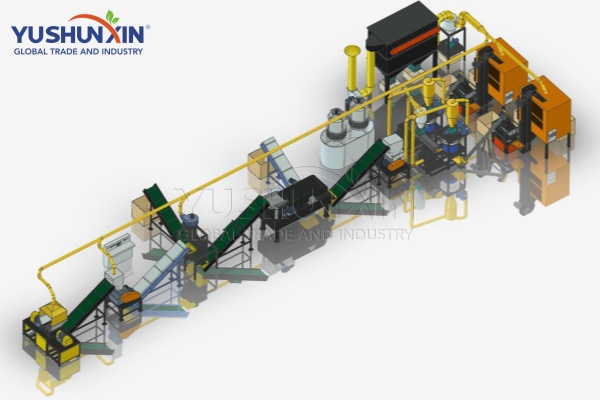In the process of solar panels recycling, double shafts shredder plays a vital role as the first-stage crushing equipment. With the increasing global demand for solar energy, the number of retired photovoltaic panels is also growing rapidly. This shredder is specially engineered to handle the robust structure of silicon-based PV modules, efficiently reducing their size and preparing them for further separation and purification processes. But how does it work? What materials can it handle beyond e-waste? How much does it cost? And what technical specifications should buyers be aware of?
How does the double shafts shredder work in PV panels recycling?
What other materials can doubel shafts shredder process besides solar panels?
The double shafts shredder is designed with versatility in mind, making it suitable for a wide range of solid waste materials beyond just solar panels and e-waste. Thanks to its high torque, low-speed dual shaft system and customizable blade configuration, the shredder can handle diverse waste streams in various recycling industries. Here are some of the typical materials it can effectively process:
How much does a double shafts shredder cost for solar panels recycling?
The price of a double shafts shredder for solar panels recycling varies significantly depending on several key factors such as machine size, capacity, blade material, motor power, and customization requirements. Generally speaking, the cost can range from $12,000 to $45,000. Below is a breakdown of how each factor impacts the total investment.
Why is blade design crucial for crushing solar panels?
When recycling silicon-based photovoltaic (PV) modules, especially after initial disassembly, the backsheet becomes one of the most challenging materials to shred. And the PV backsheet typically contains EVA (ethylene-vinyl acetate), PET composite films, and residual glass fragments, making it both tough and abrasive. So, a poorly designed blade can result in equipment clogging, rapid wear, and inefficient shredding. Here’s why blade design is the core component of your solar panels shredder investment:
ContentHide
